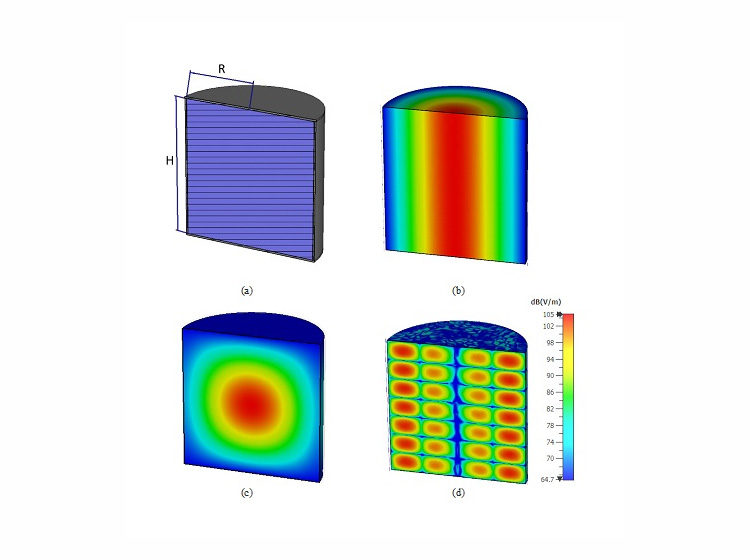Filters are omnipresent in virtually all communication systems. As such, practical filter design still draws a great deal of attention from RF engineers and academia, each focusing on various aspects of theoretical and practical filter designs.
The idea of absorptive filtering or leaky-wall filtering was first introduced in [1] and was implemented using waveguide components. In its simplest form, a leaky-wall filter comprises simply of a cascade of slots in a rectangular [2] or coaxial [3] waveguide, which couple to a single auxiliary waveguide with absorptive end-loads.
Reflection-type absorptive filters are normally used when very low reflections are desired. For example, in [4 – 5] it was shown that perfect matching can be achieved using lossy resonators, and that the values of the Q-factor of the overall reflective circuit were significantly greater than that achievable using the lossy resonators alone. In [6] a series tuned reflection load is used in the design of absorptive filters in order to increase the power handling capability. Furthermore, it was shown theoretically in [7- 9] that reflective-type networks can be used in the design of band-pass filters.
This paper builds upon the concepts introduced in [10, 11] proposed earlier by the authors in order provide a generalisation of the concept of reflective-type absorptive filtering. Initially, a simple single, absorptive filter is described and its use in RF front-ends is discussed. Based on this, improvements to the single, first order absorptive filter are discussed and novel circuits that cater for lower loss higher order absorptive filters are proposed. The necessary conditions for the achievement of the proposed higher order absorptive filters from the proposed circuits are derived in order to establish the potential of the proposed circuits.
As an experimental verification, first, second and third order reflective-type absorptive filters are fabricated, and their performances measured. The second and third order schematics are shown in Fig. 1. In particular, in the case of a third order absorptive filter, it is shown that the depth of the introduced attenuation is at least 27.4 dB across the frequency range of 2.17 GHz – 2.27 GHz. Further, the use of the obtained absorptive filters was put to a test by inserting them in series with a commercially available band-pass filter.

Fig. 1. Circuit for proposed (a) second order reflective-type absorptive filter and (b) third order reflective-type absorptive filter



Leave a Reply